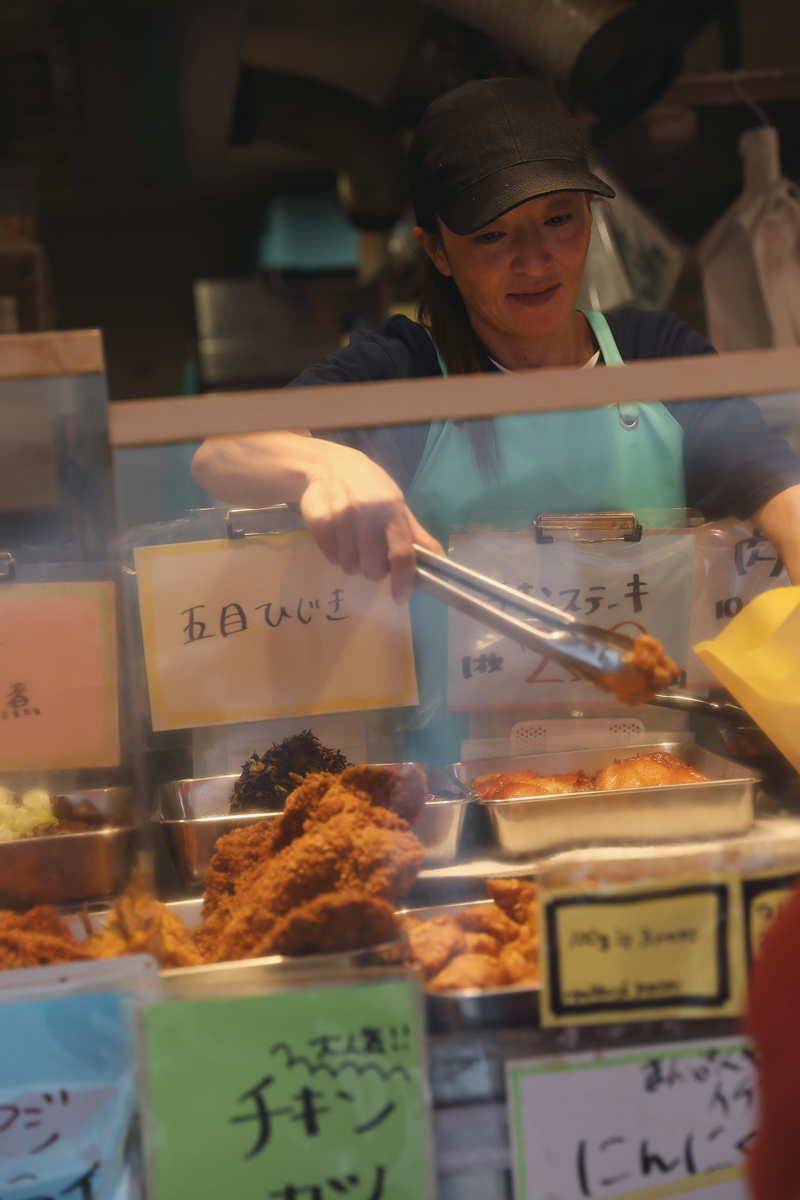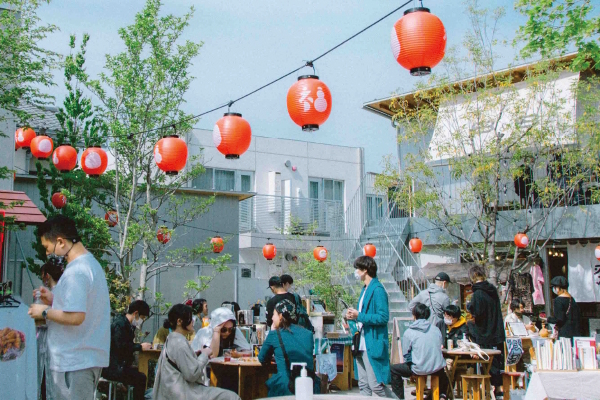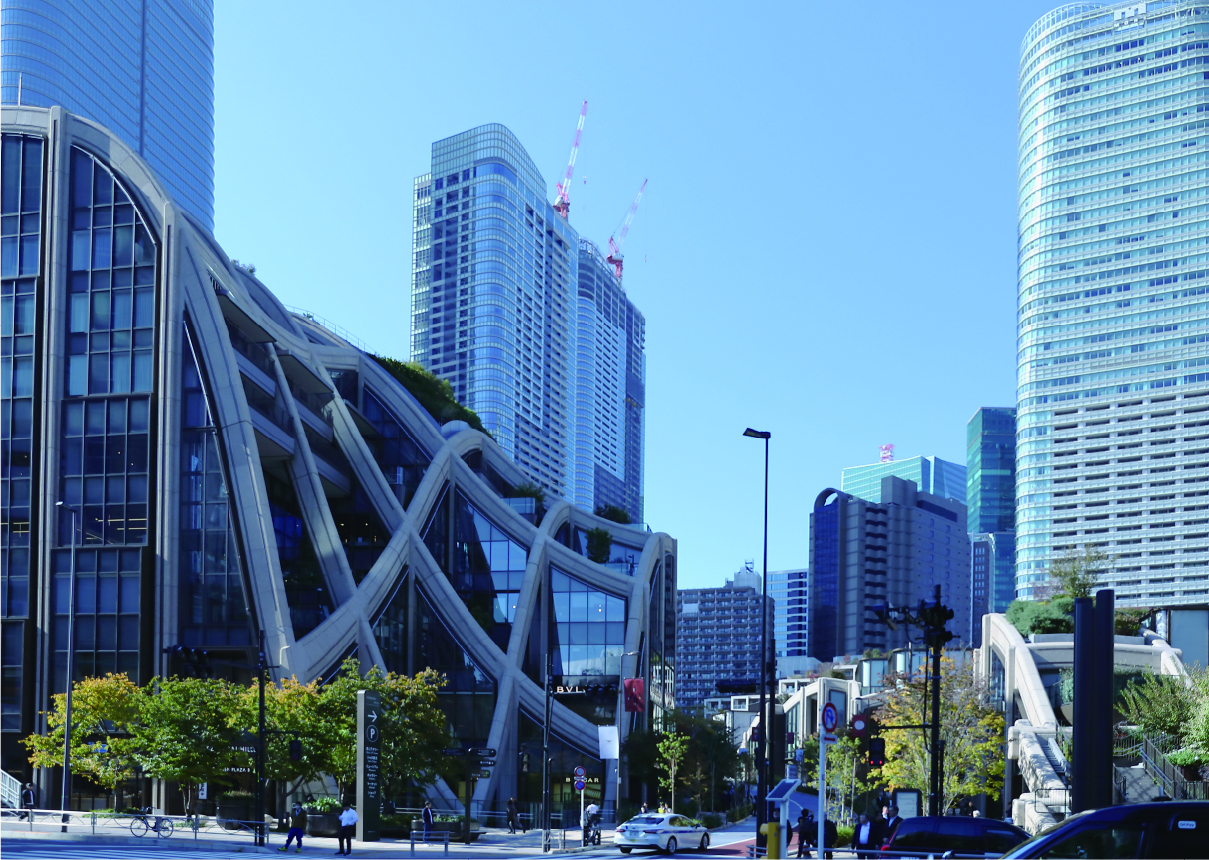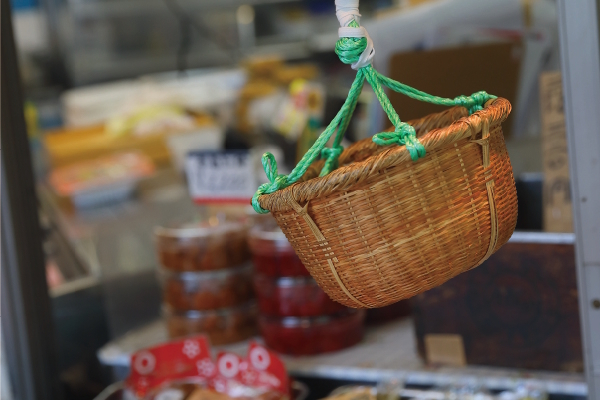「神宮外苑を未来につないでいく」、都心のオアシスを新しくする再開発。
Feature | 2024.12.13

都心の真ん中にある神宮外苑。
再開発により樹木が増え、スポーツ施設も充実。
しかし、多くの著名人が反対している。
東京には緑が多い。その昔はコンクリートジャングルといわれていたこともあったが、実際はそうでもない。明治神宮、新宿御苑、代々木公園、日比谷公園、そして皇居といった緑量が豊かな場所が点在している。
そんななか神宮外苑には、どちらかといえば都会的で洗練された雰囲気がある。青山通りやキラー通りからアクセスできるという位置や美しい並木道、そこにあるカフェが印象的だからかもしれない。
人々は、表参道でショッピングをして、246沿いをぶらぶら歩き、あるいはキラー通りあたりのブティックをのぞきながら散策を楽しむ。だんだん店がまばらになり、人混みが落ち着いたあたりから歩もゆるみ、外苑前の銀杏並木へと辿り着く。
美しく並んだ銀杏の木、空は広く、緑や土の匂いに癒される。恋人たちは手をつなぎ、家族連れの子どもは親の手を離し駆けだす。開放感がそうさせる。心地いい木漏れ日の下で、ベンチに腰をおろす人、カフェのオープンスペースでお喋りを楽しむ人。どこからか聞こえる笑い声や子どもたちの歓声、近くを走る車の音さえハッピーノイズになる。
ジョギングをした人がいる、野球やラグビーの観戦をして帰りにホープ軒のラーメンを食べた人がいる。ここ、神宮外苑の風景には、たくさんの想い出がつまっている。そしていま、その風景が変わろうとしている。
ニュースでも取り上げられているように、神宮外苑では再開発事業が進んでいる。事業者のホームページには「神宮前を未来につないでいく」というキャッチコピーのもと、1,904本の樹木が2,304本となり、緑が増えて広域避難場所としても機能するという。また神宮球場はバリアフリーとなりラグビー場は全天候型に。事業者いわく「世界に誇れるスポーツクラスターを形成、ウェルビーイングなまちづくり」が行われるらしい。ああ、耳に心地いい言葉の羅列。そして新しくつくられる神宮球場を囲むように高層のオフィスビルやホテル、商業施設などが入るビルが建ち、さらなる賑わいが創出されるようだ。
こうしてホームページを見るかぎりではいいことずくめのこの再開発に、反対の動きがある。そこには坂本龍一や村上春樹といった、世界に通用する深い洞察力や豊かなイマジネーション、幅広い知識をもった人たちがいる。そういった人たちはこの再開発の今、そして未来に何を見ているのか。
都市における再開発について、きちんと考え、動きはじめないと手遅れになってしまう。
“Connecting Jingu Gaien to the Future”
Redeveloping an Urban Oasis.
In central Tokyo, Jingu Gaien’s redevelopment aims to add greenery and upgrade sports facilities, but it faces celebrity opposition.
Despite Tokyo’s reputation as a concrete jungle, the city boasts significant green spaces, such as Meiji Shrine, Shinjuku Gyoen, Yoyogi Park, Hibiya Park, and the Imperial Palace.
Among them, Jingu Gaien has a distinctly urban sophistication, likely due to its iconic tree-lined avenues, stylish cafes, and convenient access from Aoyama-dori and Killer-dori.
Visitors often shop along Omotesando, stroll down Route 246, or browse boutiques on Killer-dori before reaching the serene ginkgo-lined paths of Gaienmae.
The wide skies, the scent of greenery and earth, and the calming ambiance create a haven where couples hold hands, children run freely, and visitors relax on benches or chat in open-air cafes. Even the distant hum of traffic feels like a “happy noise” in this urban sanctuary.
Jingu Gaien holds countless memories: first dates, morning jogs, baseball or rugby games followed by ramen at Hopeken. It’s a place steeped in personal and collective history. But now, this cherished landscape is poised for transformation.
As widely reported, redevelopment is underway at Jingu Gaien. According to the developers, the project aims to “connect Jingu Gaien to the future.” Plans include increasing the number of trees from 1,904 to 2,304, expanding green spaces for use as evacuation zones, making Jingu Stadium barrier-free, and upgrading the rugby field to an all-weather facility. The pleasant-sounding goal is to create a world-class “sports cluster” and a “well-being-oriented community.” In addition, high-rise office buildings, hotels, and commercial spaces will surround the new stadium, promising even greater vibrancy.
At first glance, the redevelopment appears promising as described on the project’s website. However, strong opposition has emerged, including from globally renowned figures like Ryuichi Sakamoto and Haruki Murakami, whose insights, creativity, and knowledge resonate worldwide. What do these individuals see in this redevelopment—both now and in the future?
If we don’t take a closer look at urban redevelopment and act thoughtfully, it may soon be too late.

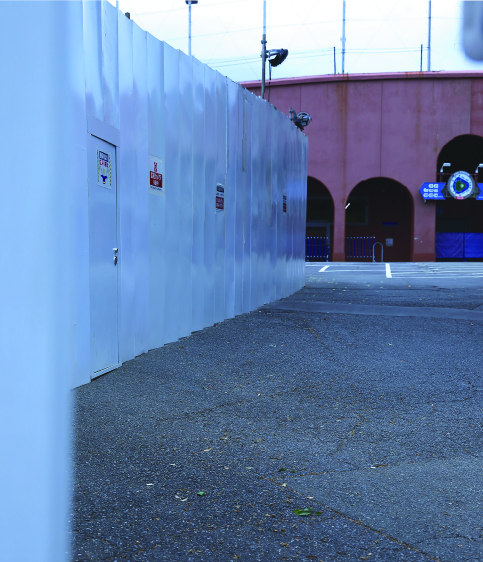


閲覧中の特集はこちら
